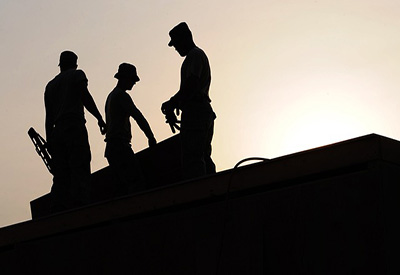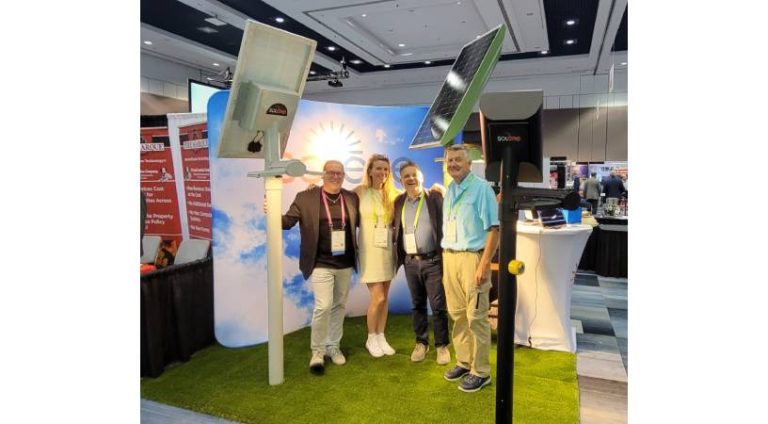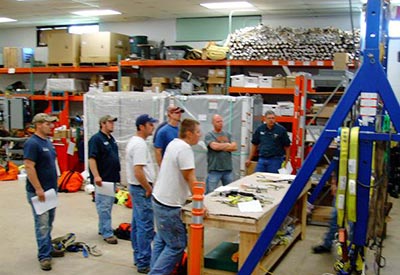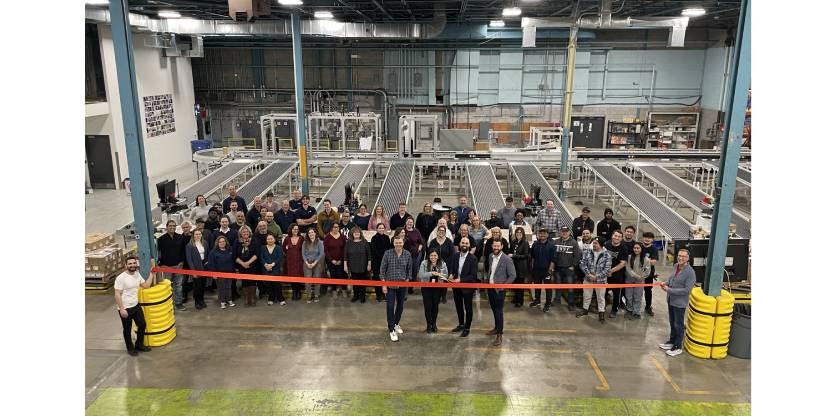Guide du Code, Partie 1 – 11
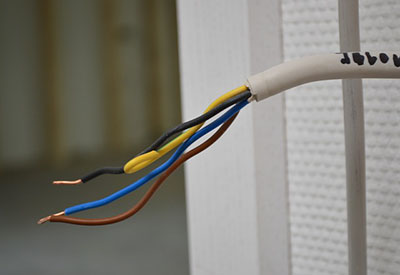
17 mars 2016
Souvent, les utilisateurs du Code se retrouvent dans des situations où certains règlements peuvent leur sembler étranges. Ces situations se présentent autant chez les concepteurs, les consultants, les installateurs, les inspecteurs, les étudiants, les formateurs que chez les experts qui développent les normes, et sont souvent liées au fait que le règlement a été mal identifié ou mal interprété. Il n’est peut-être pas celui requis par la tâche à effectuer. Le Code est un document complet et détaillé et la réponse ne se trouve pas toujours facilement. Voici un guide qui au cours des prochains mois vous aidera à trouver votre chemin dans le Code. Cette semaine, la Section 18 – les sites dangereux, 2e partie.
Section 18 covers installation of electrical equipment in hazardous locations as defined in Section 0, such as areas in which there is a potential for the ignition of explosive or combustible gases, dusts, fibres or flyings due to the design, installation or use of electrical equipment. Since the information in this instalment is extensive it is presented in two parts. This Instalment is Part 2.
Explosive gas atmospheres
This part contains rules for the installation of electrical equipment in all locations where explosive gas may be present.
Installations in Zone 0 locations
Rule 18-090 — Zone O is the hazardous location where explosive gas atmospheres are present continuously or for long periods and is the most restrictive. No electrical equipment or wiring may be installed in a Zone 0 hazardous location unless it meets the requirements of subrule 18-090 (2). Also note the marking requirements for Zone 0.
Rule 18-092 — seals are required where conduit leaves a Zone 0 location, and at the first point of termination of cables after entry to the Zone 0 location. Unbroken rigid conduit passing through a Zone 0 need not be sealed if the termination points are outside Zone 0. Seals are not required to be explosion-proof or flame-proof but must be identified for minimizing the passage of fluids or dusts and be accessible.
Installations in Zone 1 locations
Rule 18-100 — electrical equipment suitable for Class I Division 1 with protection level Ga or Gb and protection levels as outlined in 18-100(c) may be installed in a Zone 1 location.
Rule 18-102 — rigid metal conduit, hazardous location cables, explosion proof or flame proof “d” boxes, and fittings with threaded connection to conduit and cable glands shall be used for wiring in Zone 1. In addition, threads and joints need to comply with 18-102 (3), (4) and (5), and cables need to be supported to prevent stress at cable glands.
Rule 18-104 provides the rules for sealing conduits and cables entering enclosures in and leaving Zone 1 locations.
Rule 18-106 provides requirements for the installation of motors in Zone 1 locations. Additional guidance is given in Appendix B.
Rule 18-108 provides the rules for installation of Luminaires in Zone 1.
Rule 18-110 — flexible cords are permitted in Zone 1 where flexibility is required but must be installed in accordance with 18-110 (1) and (2).
Installations in Zone 2 locations
Rule 18-150 provides the rules for the installation of equipment in Zone 2. Note that equipment suitable for Class I Division 2 and Zone 0 and Zone 1 are permitted to be installed in Zone 2. Also note that transformers, capacitors, solenoids, and other non-arcing, non-sparking or non-heat-producing devices are permitted in Zone 2 locations.
Rule 18-152 provides rules for wiring methods in Zone 2.
Rule 18-154 provides rules for sealing conduit, cable and equipment in Zone 2.
Rule 18-156 provides rules on installation of luminaires in Zone 2.
Rule 18-158 — flexible cords are permitted in Zone 2 where flexibility is required but must be installed in accordance with 18-158 (1).
Explosive dust atmospheres
This part contains rules for the installation of electrical equipment in all locations where combustible and explosive metal dust may be present.
Installations in Zone 20 locations
Rule 18-190 — like Zone O, Zone 20 is the most restrictive hazardous location where explosive dust atmospheres are present in the form of a cloud of dust in air continuously or for long periods. No electrical equipment or wiring may be installed in a Zone 20 hazardous location unless it meets the requirements of Subrule 18-190.
Rule 18-192 provides requirements for wiring methods in Zone 20.
Rule 18-194 provides requirements for seals for a Zone 20 location.
Rule 18-196 — flexible cords are permitted in Zone 20 where flexible connections are required and shall be extra-hard-usage cord with cable glands.
Installations in Zone 21 locations
Rule 18-200 provides rules for installation of equipment in Zone 21. Equipment suitable for Class II Division 1 is permissible as well as equipment with the noted types of protection in (b) and ©.
Rule 18-202 — rigid metal conduit, hazardous location cables, explosion proof or flame proof “d” boxes, and fittings with threaded connection to conduit and cable glands shall be used for wiring in Zone 21. In addition, threads and joints need to comply with 18-202 (3), (4) and (5), and cables need to be supported to prevent stress at cable glands.
Rule 18-204 provides rules for sealing raceway equipment in Zone 21.
Installations in Zone 22 locations
Rule 18-250 provides rules for installation of equipment in Zone 22. Equipment suitable for Class II Division 2 is permissible as well as equipment with the noted types of protection in (b) and (c). This rule also provides rules for installation of cranes, hoists and other material handling equipment in Zone 22 locations.
Rule 18-252 provides rules for wiring methods in Zone 22.
Rule 18-254 provides the same sealing requirements as Zone 21.
In the next instalment we will discuss Section 20 — Flammable liquid and gasoline dispensing, service stations, garages, bulk storage plants, finishing Processes and aircraft hangars.
* The source for this series of articles is the Canadian Electrical Code, Part I, published by CSA.
Pour lire les articles précédents de la série:
– Guide du Code, Partie 1 – 10
William (Bill) Burr est l’ancien président du Canadian Advisory Council on Electrical Safety (CACES), et l’ancien directeur de l’Electrical and Elevator Safety pour la province de la Colombie-Britannique. Il a aussi été directeur de l’Electrical and Gas Standards Development et directeur du Conformity Assessment pour le Groupe CSA. Bill peut être rejoint à Burr and Associates Consulting au billburr@gmail.com.



